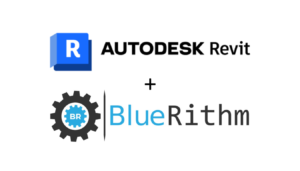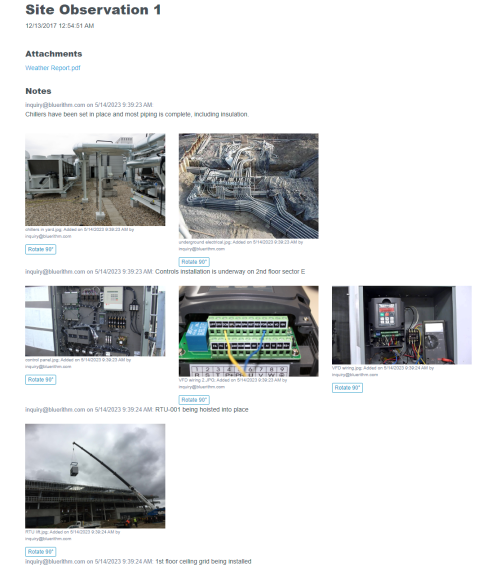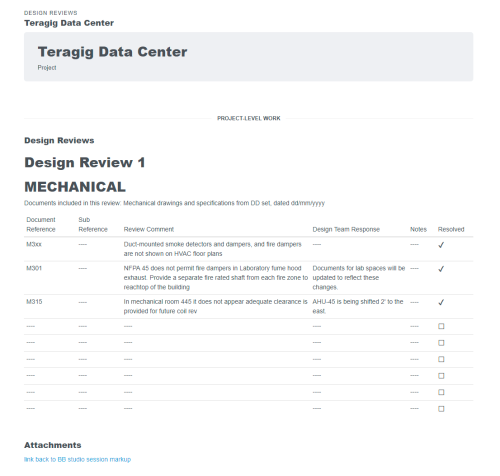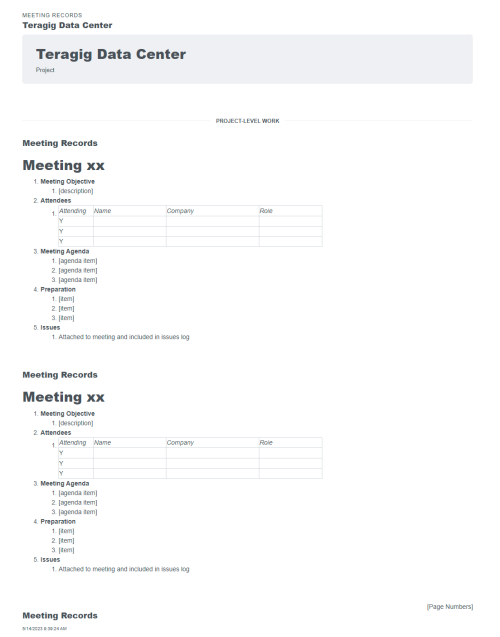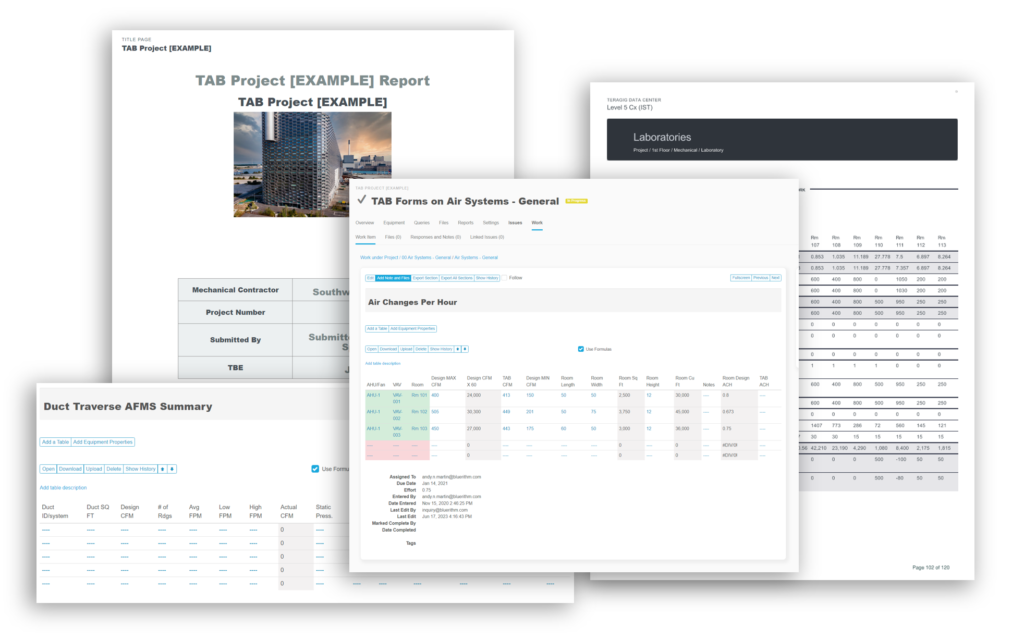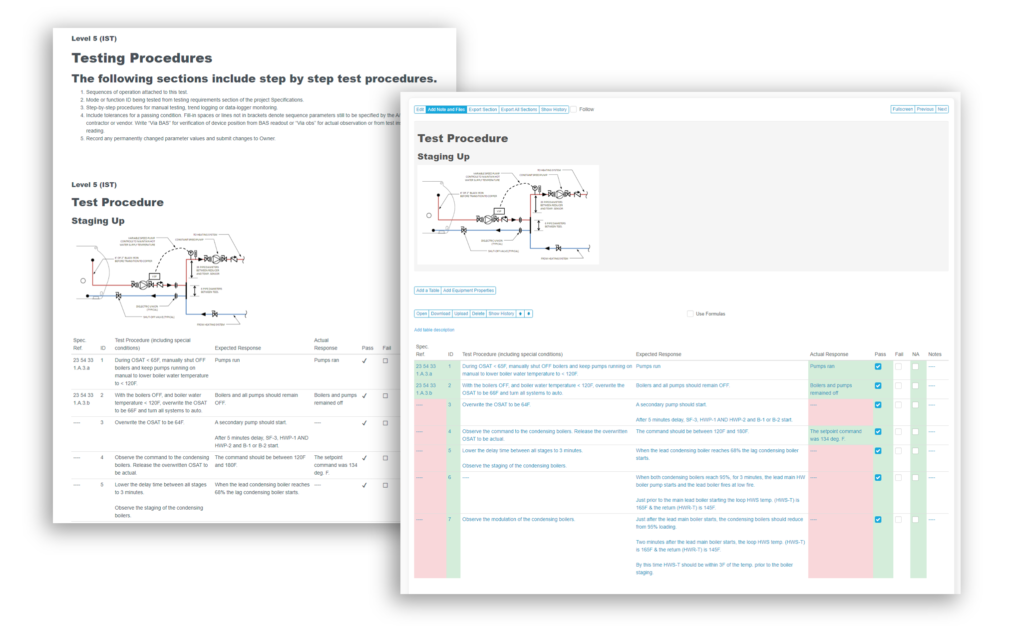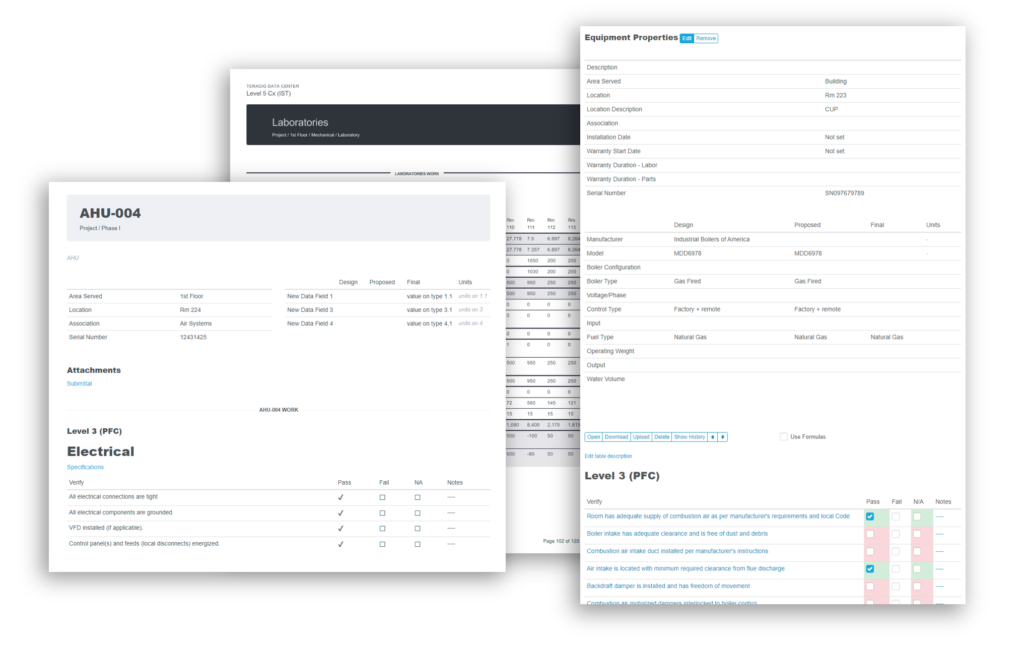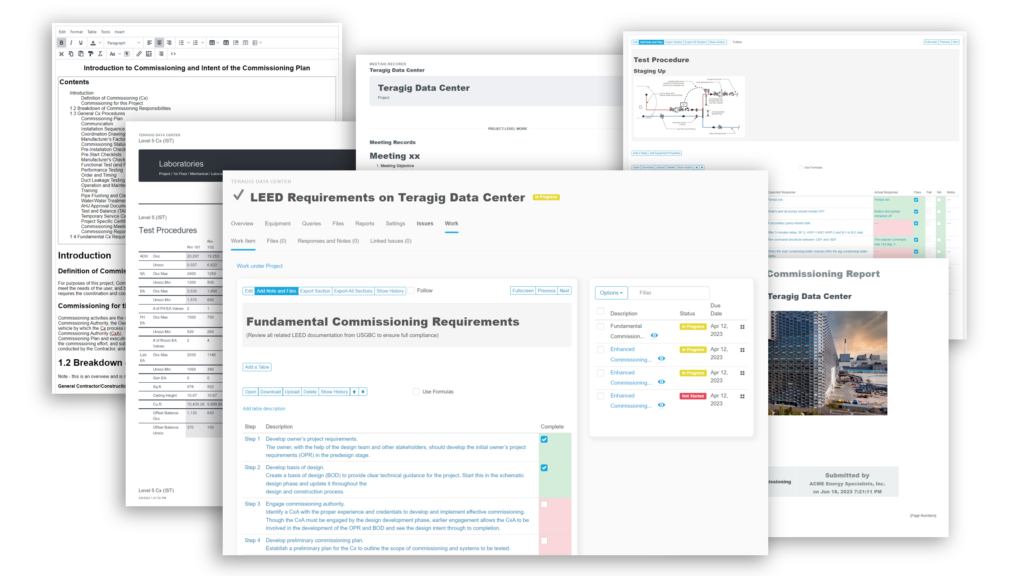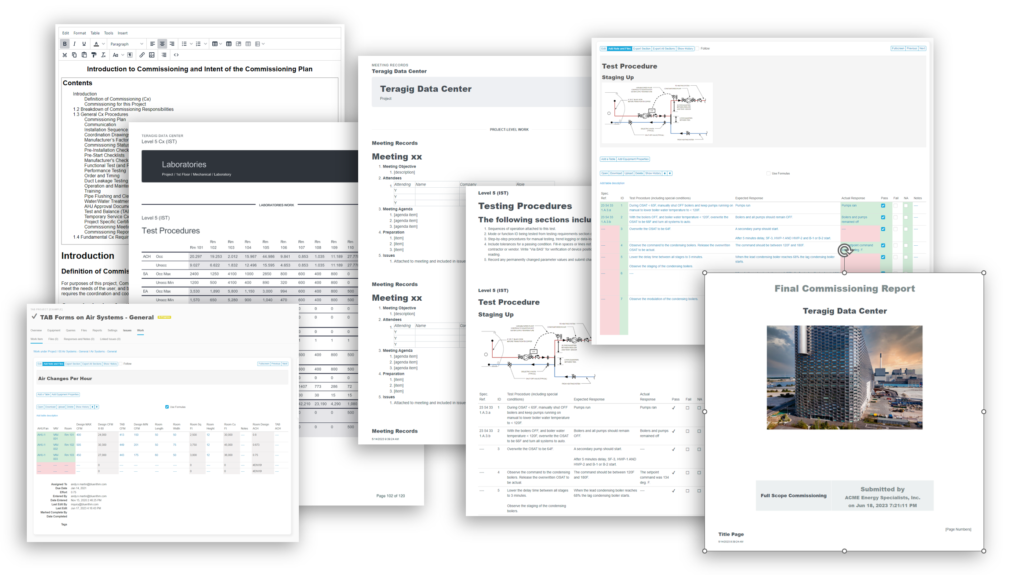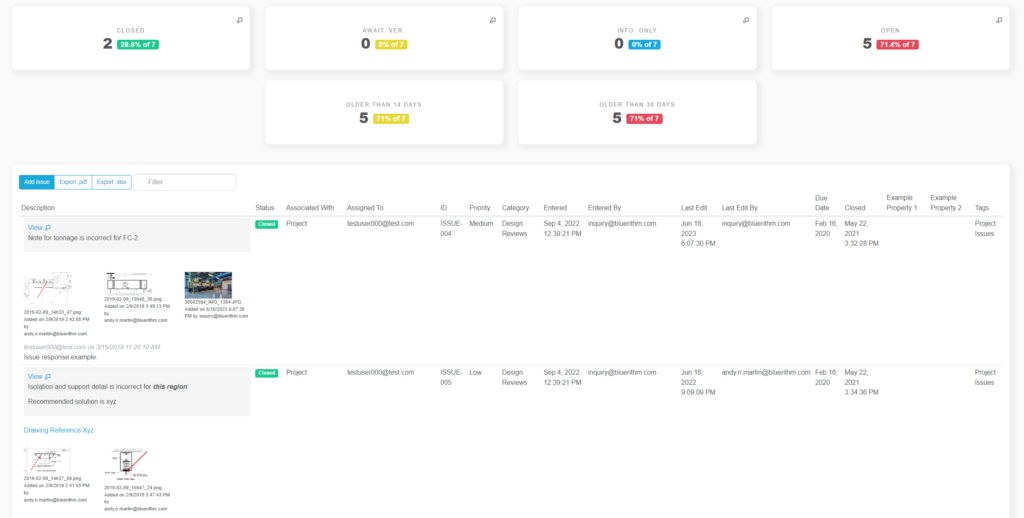Building automation systems (BAS) work is unique among construction disciplines, and even among other building technologies and systems. Building automation systems control critical, large, and energy-intensive machines such as air handling units, central heating and cooling equipment, and maybe even help keep a roof up (in the case of the recently replaced Metrodome in Minneapolis, MN). They keep mission-critical data centers online, life-critical medical equipment operating at proper temperatures, and control air quality in many types of environments. Their proper and verifiable operation is often required for a building to be deemed legal to occupy.
To install and verify them, just about every other scope of work on a construction project needs to be finished on time, from building structures to the data network. For you to be successful with your BAS projects, you not only need to understand all the moving parts and disciplines on a project, you need to lead from the bottom up.
How can a scope of work that’s often worth less than a general contractor’s contingency budget, performed by a contractor 2 – 4 tiers deep on the contracting hierarchy, possibly “lead” anything? Well, you’re about to find out.
1. First, Enjoy the View
As a BAS contractor, you have a unique position and view of a construction project. Your work is among the last to be finished, and can prevent the owner of a new building from beginning to use it. You know exactly what needs to be done before you can begin your work. You can look at the project in reverse and see everything that you know you need to finish before your work is done. You may even be able to see what work needs to finish before the work you need to complete finishes (more on that later). This isn’t only advantageous to you, it’s also valuable to the other contractors, and especially the general contractor and owner.
Write down all the milestones that you rely on. This is the first step in building a powerful and influential story that will you finish your work on time and on budget.
2. Practice Diplomacy
“If you need something from somebody, always give that person a way to hand it to you.” This quote from Sue Monk Kidd accurately sums up what we’re after here. What you need from other contractors is for them to finish their work on time so that you can do the same. Unfortunately, it’s not uncommon for contractor relationships on projects to be adversarial and not conducive to these goals. This stems in part from the consequence-versus-reward nature of contracts (i.e. liquidated damages, etc.), and can also be related to the general culture of construction contracting as it has been for the past several decades.
Building automation contractors often get a bad rap for frequently having unfinished work as a construction schedule slides past the original finish date. But was it your fault? Maybe, maybe not.
Build relationships with as many individuals as you can from companies upstream of you who can influence the milestones that you wrote down earlier. From there, work to encourage a collaborative atmosphere among your team and these people.
There will be times when those above you in the contracting chain will be unwilling to accept anything but the traditional command and control relationship, but even so, any effort you invest in this area will likely pay dividends when you need their support later in the project, even if the initial reception to your outreach is cold. Always keep in mind and highlight the fact that you all have a shared goal of delivering the project on time and on budget. A great side effect of a well-run project is higher profits for everyone.
3. Leverage these Relationships Extensively
Once you have laid the groundwork for effective and team-oriented working relationships among the influencers in the contracting team, take steps to share the unique perspective you have as one of the final and critical pieces of the construction puzzle.
Call attention to the fact that there are certain activities you’ve identified that must finish before you can begin aspects of your work. There are obvious things like having an AHU installed before your electricians can install wiring on it for sensors and actuators, but if you’ve done your work identifying milestones, maybe you have some less obvious things like needing the exterior siding contractor’s 4-story scaffolding in place a week earlier to wire an otherwise inaccessible sensor or piece of equipment.
Make note that we are still in the early stages of a project. You cannot bring these things up after the schedule impact has already occurred or it is too late to adjust anything. If you do, you will quickly be put in a position where you will have lost the trust of the people from whom you worked so hard to gain it, you will start to lose control of your own destiny on the project, and your schedule and convenience of executing your work will not be favorable to your profit margin.
How do you really know what dates each specific milestone need to be finished?
4. Geek Out on Project Management
Project management is sometimes viewed as simply making sure tasks are checked off a list as a project moves along. But it should be more than that. It should be a strategy for how you get work done, or a set of tools that you use to plan and apply to your projects. The project manager should be thought of as the maestro or composer of your projects. Every team member has notable talent and skill like the musicians, whereas the project manager can see the beginning and the path to the end like a conductor can through the musical composition, and they help guide everyone through it while keeping everything in harmony. The project manager’s composition is the project plan.
Build an understanding of scheduling theory, which involves resource restrictions (how many people you have to do the work), and precedence constraints (the logic of the order the work can occur in).4 Project scheduling software like Microsoft Project and Oracle Primavera are designed specifically for this. You don’t need to become an expert in these tools to effectively use them for BAS projects, but you should get to know at least one of them and learn to use it. Manually calculating (even with a spreadsheet) resource loading and precedence logic, especially considering it’s constantly changing throughout a project would be nearly impossible.
Some examples of milestones you need to be concerned with are:
- Structural milestones that are related to your ability to install electrical raceway, wiring, hang panels, etc.
- When various pieces of equipment (AHU’s, central heating/cooling equipment, terminal units) will be set and accessible to your team,
- When hydronic piping and control valves will be installed for each building or geographical area as it makes sense for your project,
- Electrical power availability dates for all relevant electrical panels and mechanical equipment, by building or geographical area,
- Mechanical start-up dates for all equipment, by building or geographical area
- Network availability, by building or geographical area
You will need to go through this process on a project or two to understand the level of detail and granularity you need to have with the milestones. Remember that these dates will be in constant flux throughout the project and you will need to be updating them in your project schedule to assess the impact of their change. Keep it as simple and manageable as possible while still providing the right amount of information.
Once you understand these things about your project, you can figure out when each of the milestones needs to be finished for you to complete your work in the amount of time and with the number of resources you had budgeted. This is critical, because it’s horribly inefficient to have more people working on a task that it would normally take. For example, if something usually takes two people 10 hours to complete, doubling the resources to 4 almost never means it will take 5 hours to complete (it could be more like 6 or 7 hours). This inefficiency is coming right out of your profit, and you are unlikely to get any sympathy from your customer or others in the contracting chain if you are experiencing this pain, because ultimately, it may be your fault for not identifying it and building a proper plan.
Also consider providing training for your project leaders in the following areas: lean construction management and just-in-time delivery, financial management concepts, formal project management concepts and techniques from organizations like the Project Management Institute, contract law, and perhaps most importantly, leadership. Having a project manager who can effectively lead and motivate your project teams, rather than simply dole out work tasks, is invaluable.
It’s not just the work that happens in the early planning stages that matters either…
5. Improve Continuity Between Project Development and Project Delivery Teams
Many organizations have teams of people whose work is defined by the various stages of projects. For example, the teams most focused on sales and estimating are not necessarily the same people focused on project management and operations. There are lots of legitimate reasons and good arguments for this structure versus others. However, it’s not uncommon for critical information to be lost in the transition from a project development and procurement phase to the execution and operations phase.1 This becomes even more relevant as design-assist contracts become more prevalent, especially when we’re talking about complex BAS projects with multiple system integrations.
Reducing duplicated efforts by improving transfer of information to the project management and operations teams should be a high priority for most organizations. Develop formal processes where project managers who will oversee the project are involved in the sales and development phases, as well as turnover events whereby you can ensure all critical information is passed to your execution teams. Taking these steps will improve productivity as well as overall understanding of the project objectives.
We’ve covered a few topics so far that are somewhat higher level, abstract subjects. What about where the real “work” happens, where the rubber really meets the road?
6. Don’t Ever Think You Can Skimp Out on Engineering and Design Work
One of the best investments you can make towards a successful BAS project is in the design, layout, and engineering work. Nothing will slow your team down more than constant questions from electrical installers, having to re-wire devices on the fly, and needing to field-engineer communication trunk routes, etc. because the time wasn’t taken to create a detailed design and layout where it’s most efficiently done – in the office during a defined engineering phase.
We’ve all been part of projects where the BAS was somewhat of an afterthought (at least as far as the contract procurement process goes), and we got our contracts way too late. This adds a big challenge to a project. The best thing you can do to attempt to avoid these situations is as soon as you begin submitting proposals or negotiating for a contract, be sure to make it very clear to your customers how much time you need to go through your engineering process to develop shop drawings and submittals.
7. Get Your Point-to-Point Checkout and Verification Processes Running Like a Finely Tuned PID Loop
Once you have a plan in place, engineering and design work finished, and begin executing your work, you need to make sure that it runs as smoothly and as organized as possible. Facilitating this requires at the very least a couple key things: training for your field crews, and defined, repeatable processes.
The value and necessity of thorough training almost goes without saying. Sure, it’s expensive to bring on new employees and get them up to speed, especially if they don’t have an ideal background or experience. But you will recover that initial investment when you design training programs that combine detailed technical knowledge with on-the-job training. Pair new employees with experienced technicians who can communicate the things they do that makes them successful, which reinforces the technical knowledge you’ve taught them.
The point-to-point checkout process is about as detail-intensive as it gets. On a large project, you can have thousands or even tens of thousands of input and output devices, each of which may have multiple parameters, settings, capabilities, and their own unique set of challenges and potential issues. One of your field team’s primary responsibilities is to make sure every single one of these devices is set up, calibrated, and operating properly. If any given device has a problem, it could cause the piece of equipment its associated with not to work properly. You should be recording your progress and results of device verification throughout a project, and many times this is a requested or even contractual requirement where you need to turn in reports covering every single device and detailing the checkout process and status.
The term “verification,” as its used here, refers to the process of software and system-level verification. Sometimes it may be referred to as system start-up or other terms. Verification is by nature less intensive when it comes to the sheer quantity of tasks compared to point-to-point checkout, but it is obviously equally as important; the BAS as a whole won’t work if the devices aren’t calibrated correctly or wired to the wrong inputs, and it definitely won’t work if the software isn’t written properly, PID loops not tuned, or if the real-world testing did not produce the originally intended results.
How can we manage this massive amount of information about progress, issues, and the details of all the work that goes into these processes over the course of weeks, months, or even years?
Our suggestion is to adopt a software platform that your project teams use in the field for this purpose. There are many of these platforms that provide an online, real-time, collaborative environment where everyone can record issues as they come up, enter the status of their work, and assign issues or work to other contractors or team members. This not only ensures every detail and issue is recorded, tracked, and addressed, it allows project leaders to have instant access to reports and overviews of all project progress, issues, and overall status, and they can adjust and adapt ongoing work plans and establish priorities accordingly. As the size of your projects or portfolio of projects grows, you simply cannot maintain the level of quality todays markets expect without these types of tools.
Experience has shown that trying to manage all of this through spreadsheets on your field team’s hard drives, emails, etc. leads to a disorganized mess that is time-intensive and wasteful to manage.
However, having the platform in place is not enough. Operations and project leaders must drive accountability and adoption of the platform and process. Its use needs to become as ingrained in your team’s day to day habits and processes as any other mission-critical activities.
8. Have Clear Accountability for Following Processes and Issue Resolution
On projects where quality control and consistency spiral out of control, it can often be traced to an all-too-common situation where various project leaders and stakeholders have different understandings of the state of project, the quantity and severity of issues, and the true amount of time involved in “righting the ship.”1 When everyone does not have access to the same information at the same time, it’s easy to see how this can happen. Rechecking, rework, more meetings are a few of the outcomes of these unfortunate situations.
9. Improve Communication Practices
This certainly doesn’t mean you should have more meetings. In fact, excessive meetings can often be a symptom of communication issues and poor information sharing.
This topic encompasses so many aspects of a BAS project that it’s difficult to prescribe a simple solution to address it. However, two key categories are worth discussing. 1) document sharing (shop drawings, controller and configuration files, floor plans, specifications, contracts); and 2) project status and issues.
Most organizations have adopted some type of cloud-based file sharing service, such as box.com, sharefile.com, etc. Solutions like these are critical in the modern construction environment. On today’s projects, it is uncommon for a building design to be finished before construction has started, and subsequently a torrent of new, revised, and updated documents will be released throughout the course of a project, potentially right up until the substantial completion date. Because this is becoming the new norm, it is important to have a means of disseminating updated project documents and files to everyone on the team immediately upon their release. Many of the cloud based file sharing platforms work well on tablets and small PC’s, and this should be the preferred method your field team uses to view and work with project documents in the field. You shouldn’t spend the time or money printing new sheets every time they’re updated – this also increases the risk of quality issues due to the potential of the incorrect versions being in your field team’s hands.
Communicating project status, progress, and issues has historically been achieved through emails, handwritten notes in notebooks, spreadsheets, and of course, meetings. Many, many meetings. The problem with this approach is that everyone has their own information in their personal notebooks, spreadsheets on their personal laptops, or it is spread across many emails spanning prolonged periods of time. To gain a true project-wide status update, you may need to first inform your entire team to gather their notes, then you and all your highest paid and most valuable team members need to have a meeting and compile all this information.
Other issues with not having cloud based file sharing in place is related to where your controller and configuration files reside. If each technician to who does work on a given controller saves the current version of the file on their laptop hard drive, the only place it’s accessible is by either uploading it from the controller itself, or figuring out who the last technician was to make a change and having it emailed. Neither is ideal for many reasons.
Fortunately, there are many options available that can pull all this information together onto a common cloud based platform, which your entire field team can update in real time as the work is done as well as make sure they have the most current documentation and files. The project manager then has all the information at their fingertips (literally, as most platforms will be compatible with mobile devices) whenever it is needed. Many of these platforms also have file sharing capabilities, as well as the issue tracking and management features discussed earlier. Look into BlueRithm as an option.
Summary
There are many ways we can improve the profitability of our BAS projects, and we’ve covered only a few in this article. In the U.S., we work in an industry (construction) that is behind every other industry in technology adoption 1, and many of our challenges can be overcome by augmenting and automating our business processes with it.
There are also plenty of lessons we can learn and apply that have nothing to do with technology. The best thing we can do is to never become complacent in our quest for knowledge and improvement, and always keep learning!
This is original content from BlueRithm. Stop by our site to see how we can help you improve the success of your projects by helping streamline and manage installation, subcontractors, checkout, functional testing, commissioning processes, files and documents, and automatic report generation with our cloud software.
References
- Changali, S., Mohammad, A., & van Nieuwland, M. (2015, July 1). The construction productivity imperative. Retrieved from http://www.mckinsey.com: http://www.mckinsey.com/industries/capital-projects-and-infrastructure/our-insights/the-construction-productivity-imperative
- Factors Affecting Construction Labor Productivity. (2012). Retrieved from Intergraph: https://www.intergraph.com/assets/global/documents/SPC_LaborFactors_WhitePaper.pdf
- Woetzel, J., Sridhar, M., & Mischke, J. (2017, March 6). The construction industry has a productivity problem – and here’s how to solve it. Retrieved from Market Watch: http://www.marketwatch.com/story/the-construction-industry-has-a-productivity-problem-and-heres-how-to-solve-it-2017-03-04
- Herroelen, W. (2005). Project Scheduling—Theory and Practice. Production and Operations Management.



